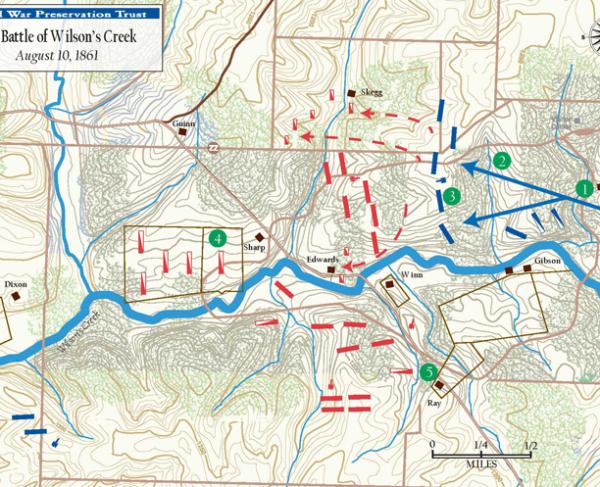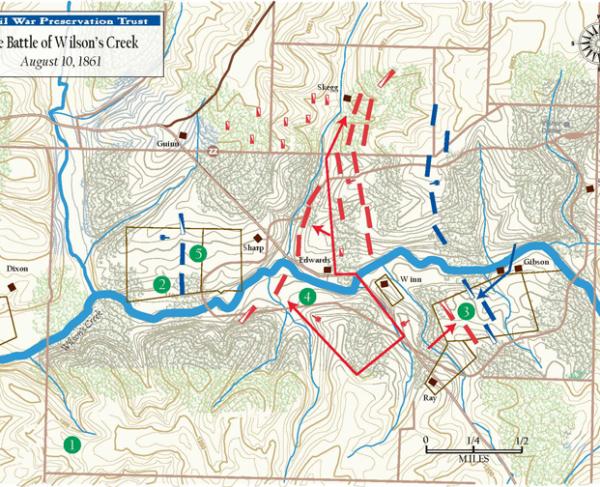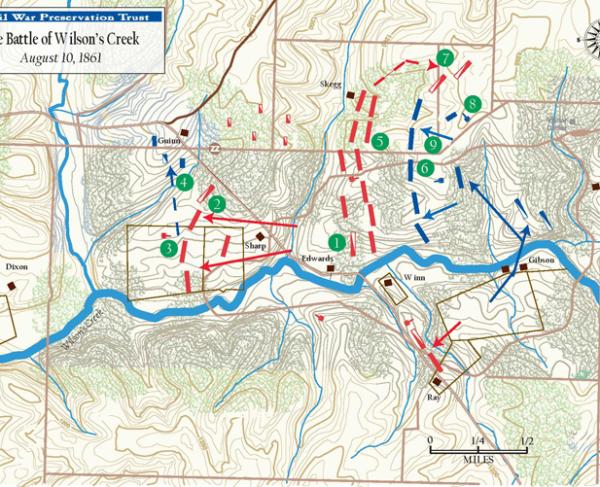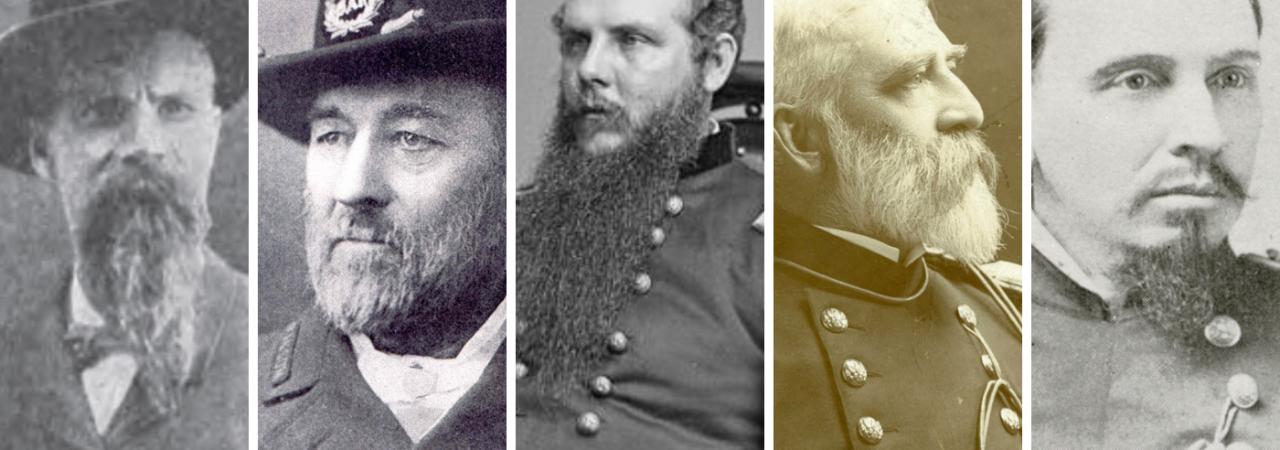
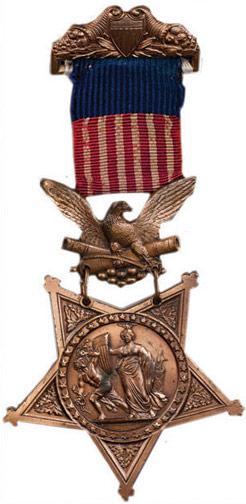
Although the Medal of Honor — still the nation’s highest military honor — was not established until 1862, five Federal soldiers went on to receive the recognition for their heroic actions at the August 10, 1861 Battle of Wilson’s Creek.
Nicholas S. Bouquet, a 19-year-old private with Company D of the 1st Iowa Infantry at the time of the battle, was awarded the Medal of Honor in 1897 for “voluntarily leaving the line of battle” and exposing himself to danger to capture a horse between the lines and in “hitching him to a disabled gun, saved the gun from capture.” Born in Bavaria, Bouquet’s mother sent him to the United States to avoid service in the German army. At the outbreak of the Civil War, he was a cooper, or barrel maker, in Burlington, Iowa. Bouquet died December 27, 1912, at the age of 70 and is buried in Aspen Grove Cemetery, Burlington, Iowa.
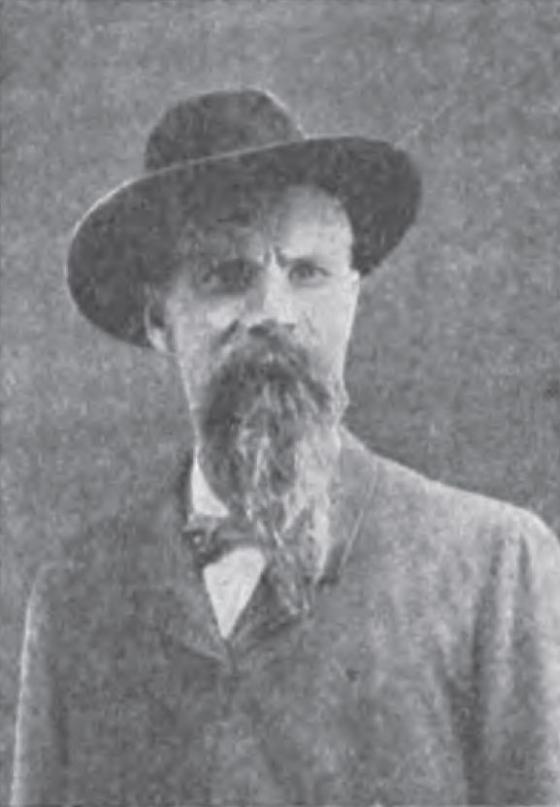
Lorenzo Dow Immell, a corporal in the 2nd U.S. Artillery, was a native of Ross, Ohio, who joined the Federal army in August 1860 at Ft. Leavenworth, Kansas Territory. Immell was awarded the Medal of Honor on July 19, 1890, for “bravery in action.” Over the course of the war, he rose to the rank of lieutenant and served with the 1st Missouri Light Artillery, the 12th Wisconsin Battery and the 6th Ohio Battery. Immell is buried in the Jefferson Barracks National Cemetery in St. Louis, Missouri.
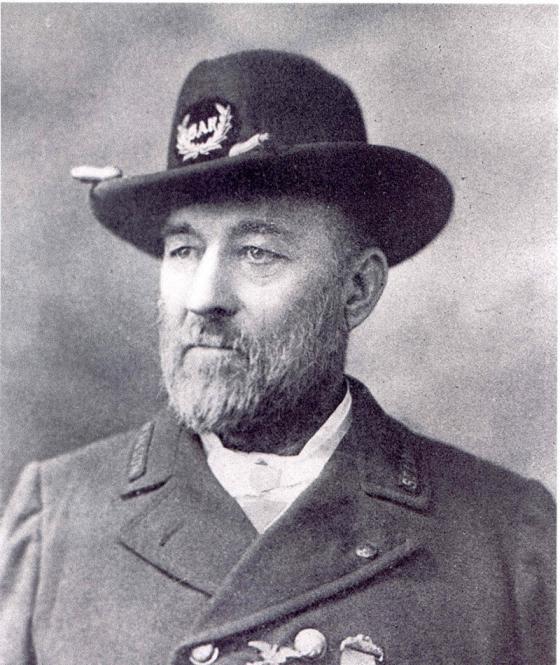
John McAllister Schofield received his medal in July 1892, its citation reading, for “conspicuous gallantry in leading a regiment in a successful charge against the enemy.” Then a major with the 1st Missouri Infantry, Schofield was an 1853 graduate of West Point serving as General Lyon’s chief of staff. By the end of the Civil War, Schofield had risen to the rank of brevet major general. Later in life, he served as President Andrew Johnson’s Secretary of War from 1868 to 1869, and was appointed superintendent of West Point from 1876 to 1881. Schofield retired in 1895, with 46 years of service and the rank of lieutenant general, having for a time served as commander-in-chief of the U.S. Army.
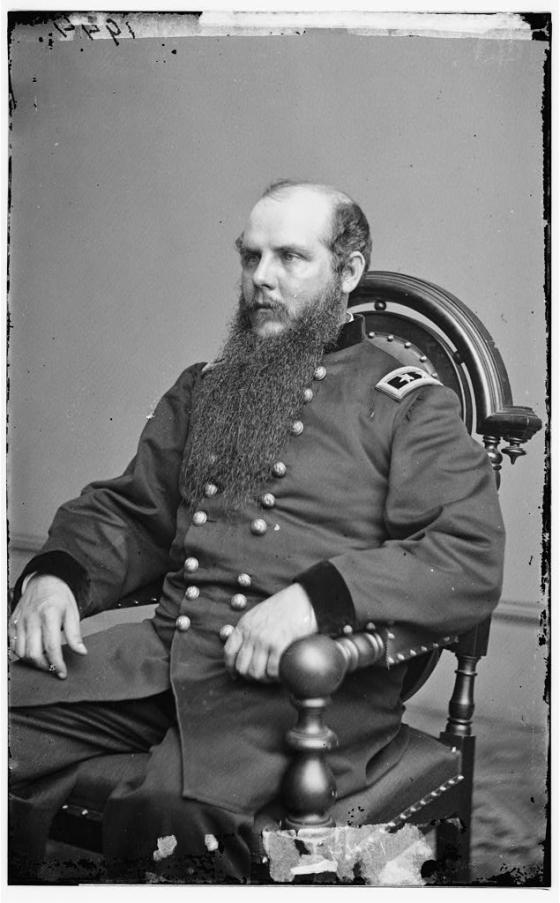
William Mackey Wherry, born in September 1836, was a St. Louis merchant who joined the Federal army on May 8, 1861, as a first lieutenant in the 3rd U.S. Reserve Corps, Missouri Infantry. His citation for receiving the Medal of Honor was for “displaying conspicuous coolness and heroism in rallying troops that were recoiling under heavy fire.” Wherry was mustered out of volunteer military service on February 9, 1866, but went on to a long career as a professional soldier, retiring as a brigadier general in 1899.
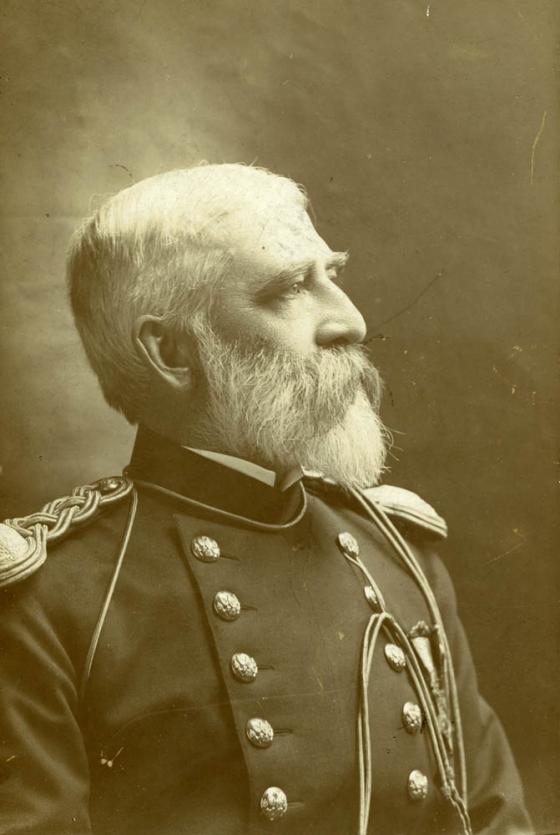
The citation for Henry Clay Wood’s Medal of Honor recalls the officer’s “distinguished gallantry.” Wood was commissioned a second lieutenant in the 1st Infantry Regiment, U.S. Army in 1856, and, by 1861, First Lt. Wood led a company of rifle recruits at the Battle of Wilson’s Creek. He went on to serve in the Army for decades, retiring a brigadier general in 1904. Upon his death in 1918, he was buried at Arlington National Cemetery.
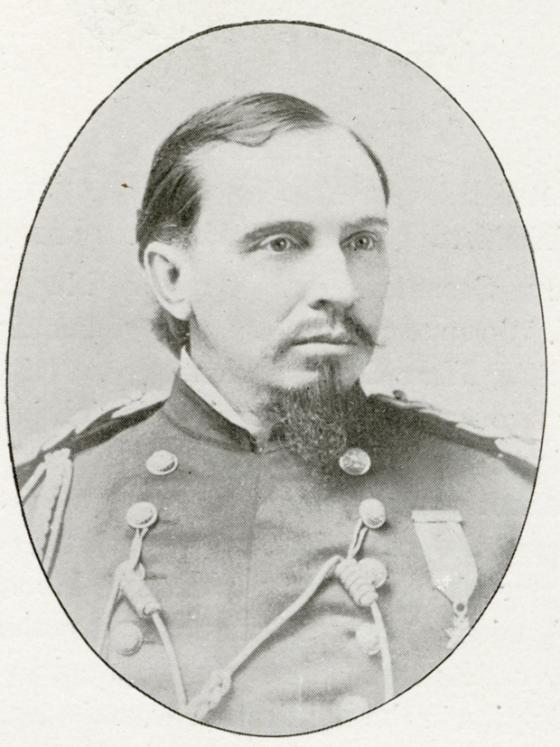
Learn More: Wilson's Creek
Related Battles
1,235
1,095

